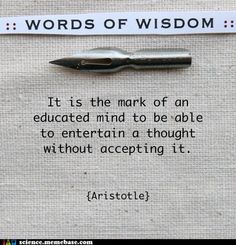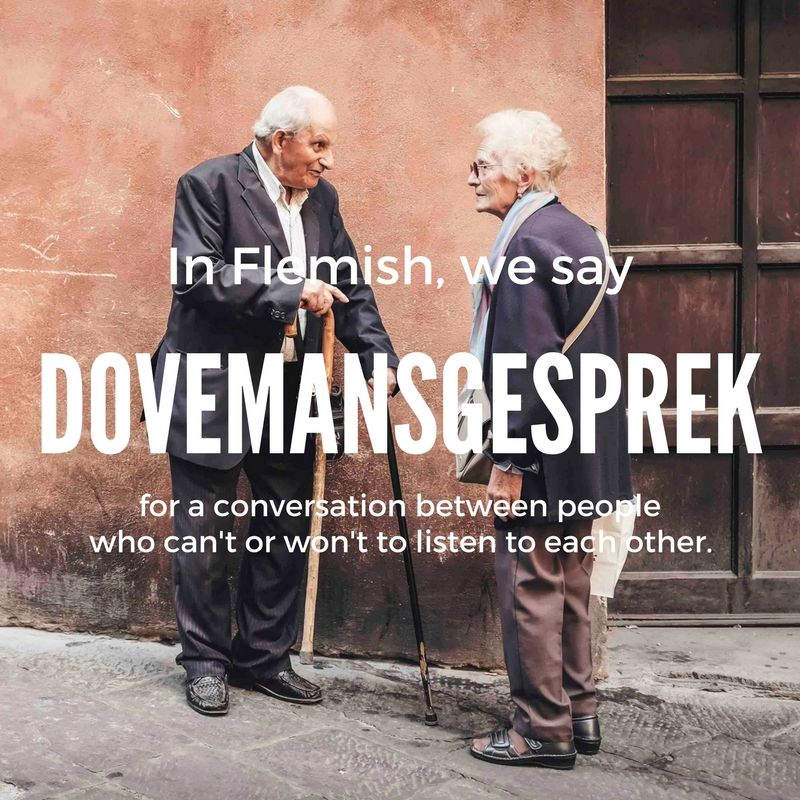
A discussion in which each party is unresponsive to what the others say; the expression is a translation of French dialogue de sourds.
Oxford Reference

The term “Dialogue of the deaf” refers to a conversation or interaction in which two or more parties are unable or unwilling to truly listen or understand each other’s perspectives, resulting in a lack of meaningful communication. It is often characterized by a breakdown in communication and a failure to reach a common understanding or resolution. Here are some key points of a “Dialogue of the deaf”:
Lack of active listening: In a “Dialogue of the deaf,” participants may be more focused on expressing their own opinions or defending their own views rather than truly listening to what others are saying. They may be unwilling to consider alternative viewpoints, resulting in a one-sided conversation where each party talks past each other without truly hearing or understanding each other.
Assumptions and preconceived notions: Participants in a “Dialogue of the deaf” may hold preconceived notions or assumptions about each other, which can hinder genuine communication. These assumptions may be based on stereotypes, biases, or past experiences, and can prevent parties from truly engaging with each other’s perspectives with an open mind.
Emotional and reactive responses: “Dialogue of the deaf” may involve emotional or reactive responses, where participants respond to each other based on their emotions rather than engaging in reasoned and rational discourse. This can lead to escalated tensions, misunderstandings, and further breakdown of communication.
Talking past each other: In a “Dialogue of the deaf,” participants may talk past each other, failing to address each other’s points or concerns directly. Instead, they may simply restate their own opinions or beliefs without acknowledging or addressing the valid concerns or perspectives of others, resulting in a lack of meaningful exchange or progress in the conversation.
Lack of willingness to find common ground: Participants in a “Dialogue of the deaf” may be unwilling or resistant to finding common ground or seeking areas of agreement. Instead, they may be more focused on emphasizing their differences and defending their own positions, which can prevent collaborative problem-solving or resolution.
Breakdown of trust: “Dialogue of the deaf” may result in a breakdown of trust between participants, as the inability to truly understand or listen to each other’s perspectives can erode trust and create barriers to effective communication.
Failure to achieve mutual understanding or resolution: Ultimately, a key point of a “Dialogue of the deaf” is the failure to achieve mutual understanding or resolution. The conversation may be unproductive, frustrating, and may leave participants with entrenched positions and unresolved issues.
It’s important to recognize the signs of a “Dialogue of the deaf” and strive for effective communication by actively listening, being open to different perspectives, avoiding assumptions, managing emotions, and seeking common ground to facilitate meaningful dialogue and problem-solving.
Il disparaît dans le mur par magie
26 feb. 2013